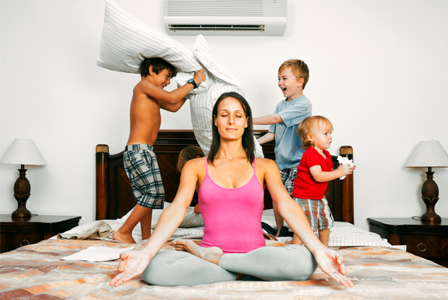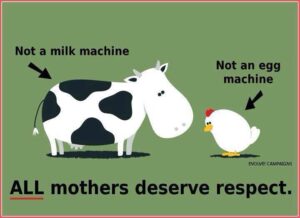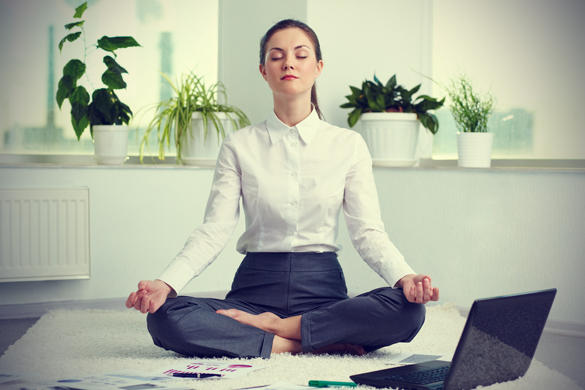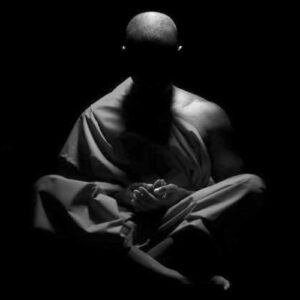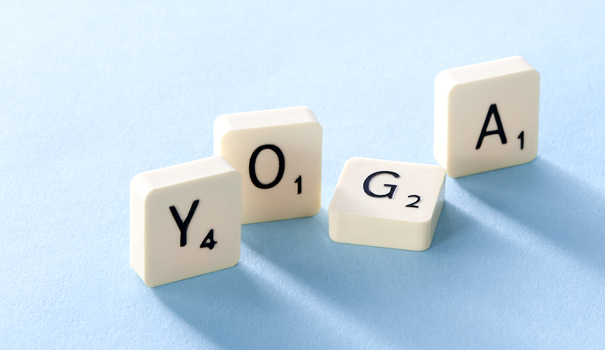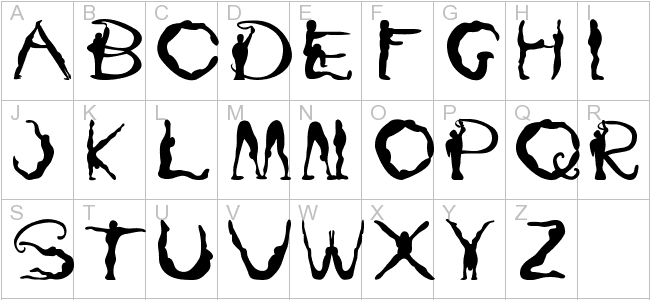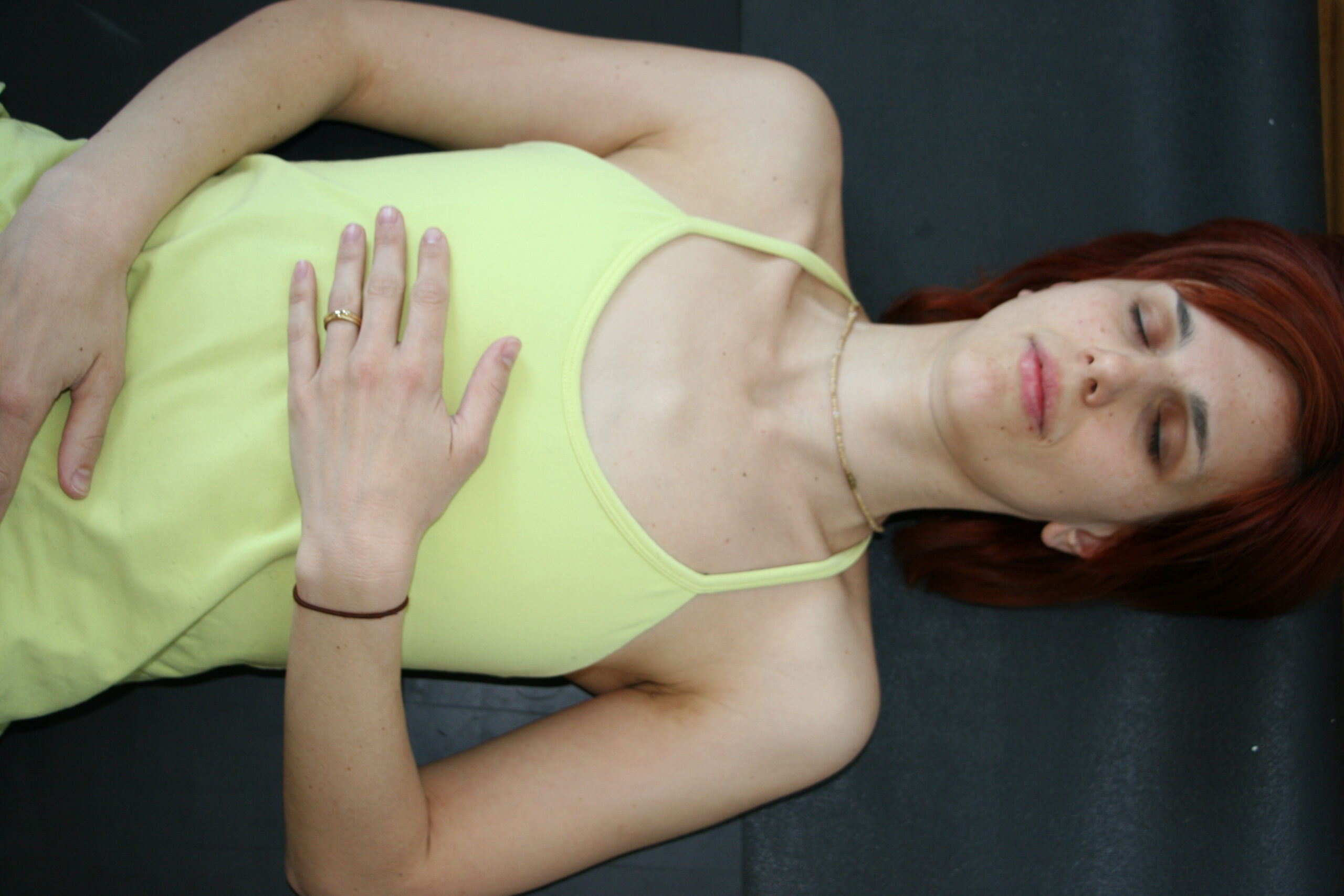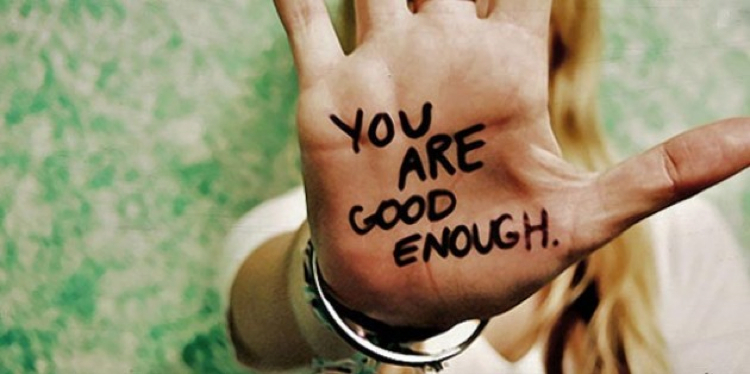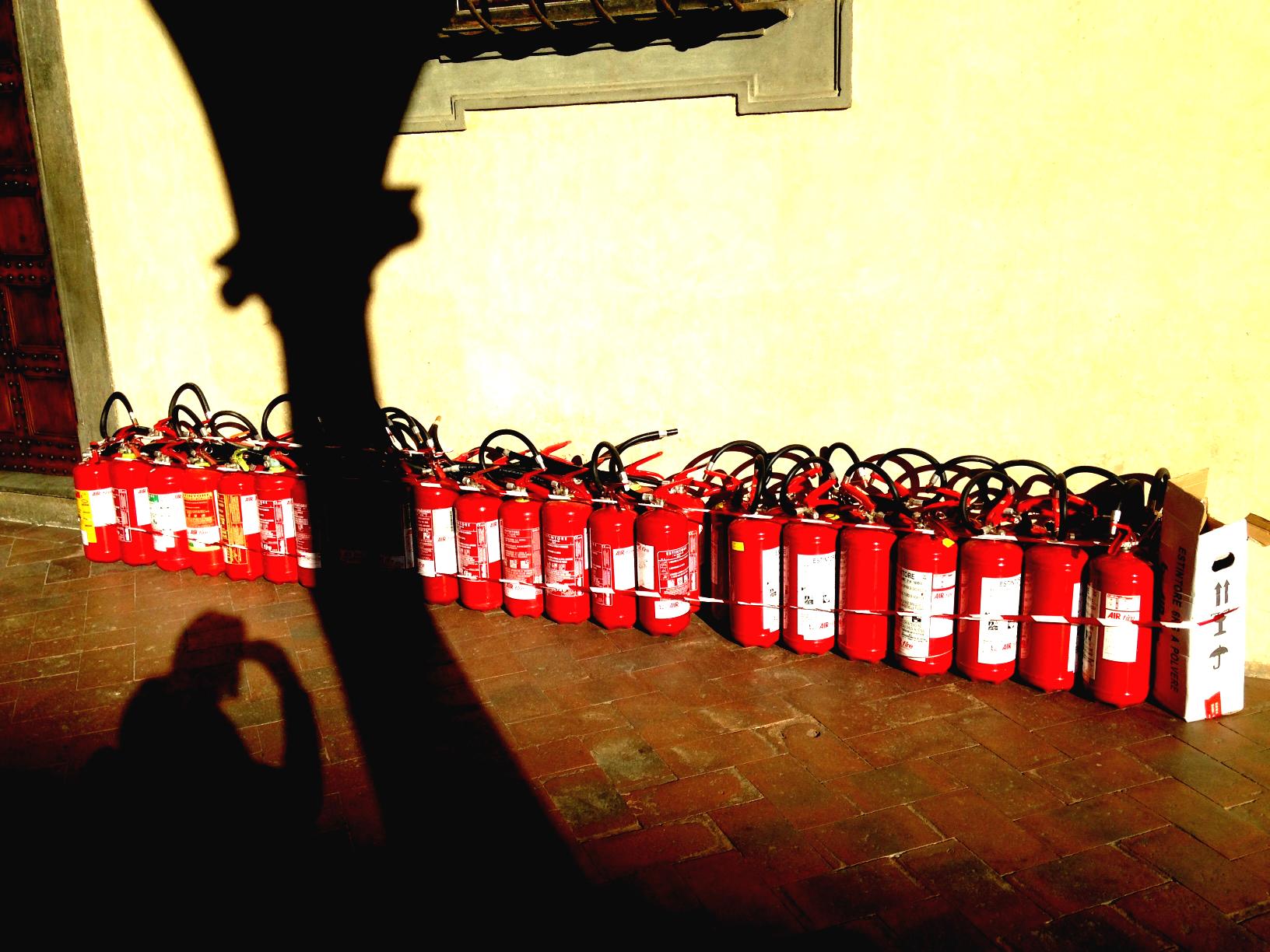Teaching yoga and selling honesty
Six months ago, I began writing a book about yoga, addiction and recovery. Since then I have been interviewing people in the international yoga world on the subject. I was thrilled when celebrity yoga teacher, author, meditation teacher and former tobacco and marijuana addict Francesca* agreed to answer some questions from me by email.
*not her real name
Francesca attributes her sobriety to the power of mindfulness and the process of becoming aware of one's own psychological make up. (The term sobriety originally denotes abstinence from alcohol, but is now loosely used to describe the recovery from substance abuse in general). Today, Francesca champions the self-healing effect yoga can have, which makes her a perfect fit for my book.
In recent years Francesca has given several interviews about her recovery from tobacco and marijuana addiction. But when I send my questions to her she tells me she can only answer four of them as she is extremely busy. She makes it clear that she wants final say on what will be printed. I feel like my hands are tied before I have even written the first line.
From yoga teacher to modern heroine
Francesca started out as a yoga teacher in the late nineties when, according to her, there were only three major studios in New York. (I assume she means only three with a strong reputation). Later on she co-owned a big studio in Manhattan for twelve years.
Over the last few years she has made a transition that most New York based yoga teachers would die for. Now she is and does so many things that I have trouble wrapping my head around them. She is a producer for an online meditation platform, business owner, mentor, online teacher and public speaker, as well as being a mother and an author.
Francesca is artistic, eloquent and graceful. It seems like there is nothing she can't do. She's a modern heroine. As I watch her videos and listen to her talks, I am struck by her perceptiveness and honesty. Her way of sharing is personal. She speaks like she's one of us.
Her answers to my questions have a different ring to them. She is concise and no fuss. But I get the feeling of being held at arm's length. And I wonder why.
Reconciling mindfulness and escape
When she became a yoga teacher, Francesca had already been smoking marijuana and tobacco for years. She says she used to smoke to escape, to hide, to celebrate, to be sad, to handle hard moments. It was, like so many addictions are, an attempt to run away. But Francesca was lucky enough to be surrounded by friends who, as she puts it, are leaders in the sober world.
At some point one of her mentors told Francesca she couldn't serve “God” if she was getting high every day. One day later she quit.
I cannot help being surprised that these two contradictory lives – the one of the yoga teacher and of the secret smoker – could co-exist for so long. What did it feel like to encourage clarity and self-awareness in her students while not telling the whole truth about herself?
Talking about recovery
Unlike other yoga leaders who have been in the media for this or that scandal, Francesca has been open in talking about her former addiction and the process of recovery. I wonder how she found the courage to go public with her story. Or was it a calculated move?
According to Francesca, discussing her own addiction story publicly has helped hundreds of people become clean. I don't doubt they feel empowered by her story. It's comforting to know that, whatever the issue at hand, we are not alone. Yes, Francesca has struggled with addiction, but she floated out on top. She found a way to turn her redemption into a engaging characteristic.
What is real?
If I compare Francesca's answers to my questions to her other interviews, I can't help but feel that they sound rehearsed. It feels to me like there is an image to be preserved and a story to protect. Which makes me ask the question: What is real about Francesca, her addiction and her story?
Francesca was one of the stars in a North American yoga community that emerged in the late nineties. Around fifteen years later the unethical behavior of its founder was exposed and the community started to decompose overnight. Francesca was one of the first to resign her teaching certification. At the time, she claimed she had been planning to leave and pursue her own path for a long time.
Ever since then Francesca has kept her record clean, even after admitting to her former addiction. However, I have an inkling that a lot of thought and effort goes into watching over how she is perceived. And that started me thinking.
Am I selling honesty?
Yoga helps us arrive at honesty by becoming still and observant. One of the big questions yoga asks is: Can we be honest with ourselves and still embrace the parts of us that we are not proud of? To me, that is the essence of spiritual, or just human, maturity.
At the same time we want to please, to shine, to be seen and appreciated. We have the impulse to cover up the ugly parts of us. Also, I'm sad to say, it has become essential for any yoga teacher to build some sort of public persona to make a living.
As I write this I am spending a week in Andalucia, teaching a yoga retreat. As I observe myself during the yoga sessions, I realize that it's almost impossible to teach without slipping into a role. I think about Francesca and my own work as a yoga teacher and I find myself considering whether even talking openly about our shortcomings has become a sales strategy for yoga teachers. Isn't that how we make people feel at ease and okay with who they are? And isn't that part of what makes them come back for more?
You must be enlightened
Yoga teachers are in a tricky position. We are expected to teach by example. So we feel compelled to understand our own psyche and acknowledge our imperfections. At the same time, there's the undeniable pressure to present ourselves as the one who is already there, already enlightened. We think that to be seen as a leader we need to be flawless.
About five years ago I gained a lot of weight. I felt so ashamed. I was sure people would think: “That's not what a real yoga teacher is supposed to look like.” I finally lost the weight when I became a mother and the world stopped revolving around me, myself and I.

Why do we think taking the seat of the teacher means climbing on a pedestal? Because to some extent it's true. We do need to appear to be leaders to inspire. Over dinner tonight my students here in Andalucia discussed how they would never go to a yoga teacher who doesn't have a more advanced practice than their own. I involuntarily found myself questioning whether my practice is actually “better” than theirs.
This desire to be honest while also projecting a yoga teacher my students can trust creates an inner tension in me. In the yoga world and when more is at stake, the consequences can be terrible.
It breaks my heart to see how many internationally renowned yoga and meditation teachers have been hiding a secret. The recent death of Michael Stone, yoga and meditation teacher and author of eight brilliant books, such as “Awake in the world” and “Yoga for a world out of balance”, is one tragic example out of many.
All his life he had been suffering from bipolar disorder and only a handful of people knew. I think the most powerful thing he could have done for his community would have been to share that even he had a shadow. A recent article by his brother reveals that he was on the brink of revealing his condition. On top of all his suffering he chose to add the stress of hiding and living in fear of being found out. I can hardly imagine how desolate he must have felt.
I believe nothing gives us more credibility than being authentic and vulnerable but putting yourself out there takes courage.
My moral high horse
I have always been adamant that a true yogi shouldn't hide behind a facade. In my heart of hearts, I condemn people like Francesca who have sold their soul in order to appear on glossy magazine covers and be the talk of every Wanderlust yoga festival.
I've always thought that honesty should be rewarded. So deception should be punished right? All things being fair, how can someone who carefully choreographs their own appearance have so many followers? I have friends that I respect who consider Francesca their spiritual mentor. This perplexes me and leaves me with a sense of bitterness, and yes, maybe even envy.
From my moral high horse, I always felt that I have succeeded in being one hundred percent real. When I teach I try to sound like me. But yesterday, as I was listening to myself instructing pose after pose, I realized: It's not possible. I try to sound natural, but I still use a softer voice and more poetic language. I'm not being fake, but this is also not the way I talk to my friends over dinner.
The teacher's persona
All this time I have prided myself on my authenticity. But isn't presenting yourself as the real thing just another strategy in constructing an image as a yoga teacher? I have convinced myself that I am superior, but maybe I'm not. Perhaps none of us can completely help the impulse to control how we are perceived.
After the retreat, I asked a wise student of mine to share her view of the projected teacher's persona. She told me that as long as the yoga teacher isn't obviously putting on an act, the subtle role play makes her feel safe and guided. So perhaps the persona of the teacher is actually necessary for the transmission of knowledge.
I wonder if someone like Francesca has these thoughts too. I can't imagine that a yogi would go through life without questioning themselves time and again. There is only one thing that reassures me: The self-doubt I'm having is a sign that at least there is awareness. This is not so different from an addict shaking off the denial and recognizing his pattern of dependence. Outwardly nothing changes, but being conscious makes all the difference.

